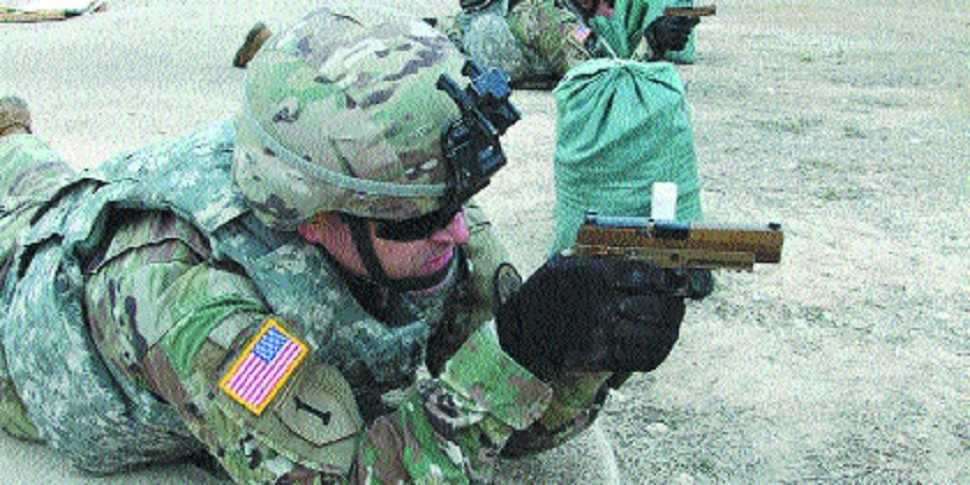New US military budget focused on China
| Date :17-Mar-2019 |

WASHINGTON,
CHINESE bombers. Chinese hypersonic missiles. Chinese cyberattacks. Chinese anti-satellite weapons. To a remarkable degree, the 2020 Pentagon budget proposal is shaped by national security threats that Acting Defence Secretary Patrick Shanahan has summarised in three words: “China, China, China.” The US is still fighting small wars against Islamic extremists, and Russia remains a serious concern, but Shanahan seeks to shift the military’s main focus to what he considers the more pressing security problem of a rapidly growing Chinese military.
This theme, which Shanahan outlined on Thursday in presenting the administration’s proposed 2020 defence budget to the Senate Armed Services Committee, is competing for attention with narrower, more immediate problems like President Donald Trump’s effort to use the military to build a border wall. The hearing, for example, spent more time on the wall and prospects for using military funds to build parts of it than on any aspect of foreign policy, including the conflict in Syria or military competition with China, Russia or North Korea. Shanahan is hardly the first defence chief to worry about China. Several predecessors pursued what the Obama administration called a “pivot” to the Pacific, with China in mind. But Shanahan sees it as an increasingly urgent problem that exceeds traditional measures of military strength and transcends partisan priorities. “We’ve been ignoring the problem for too long,” Shanahan told a senator.
“China is aggressively modernising its military, systematically stealing science and technology, and seeking military advantage through a strategy of military-civil fusion,” he wrote in prepared testimony to the committee, which is considering a USD 718 billion Pentagon budget designed in part to counter China’s momentum. The USD 25 billion the Pentagon is proposing to spend on nuclear weapons in 2020, for example, is meant in part to stay ahead of China’s nuclear arsenal, which is much smaller than America’s but growing. Shanahan said China is developing a nuclear-capable long-range bomber that, if successful, would enable China to join the United States and Russia as the only nations with air-, sea- and land-based nuclear weapons. Shanahan ticked off a list of other Chinese advancements — hypersonic missiles against which the US has limited defences; space launches and other space efforts that could enable it to fight wars in space; “systematically stealing” of US and allied technology, and militarising land features in the South China Sea.
Bonnie S Glaser, director of the China Power Project at the Center for Strategic and International Studies, says the US has been lacking effective strategies for competing with China on a broad scale. “It is overdue,” she said of the Shanahan focus. “We have been somewhat slow in catching up” in such areas as denying China its regional ambitions, including efforts to fully control the South China Sea, which is contested by several other countries. Some defence analysts think Shanahan and the Pentagon have inflated the China threat. “I do think it’s worth asking what exactly is threatening about China’s behaviour,” said Christopher Preble, vice president for defence and foreign policy studies at the Cato Institute.